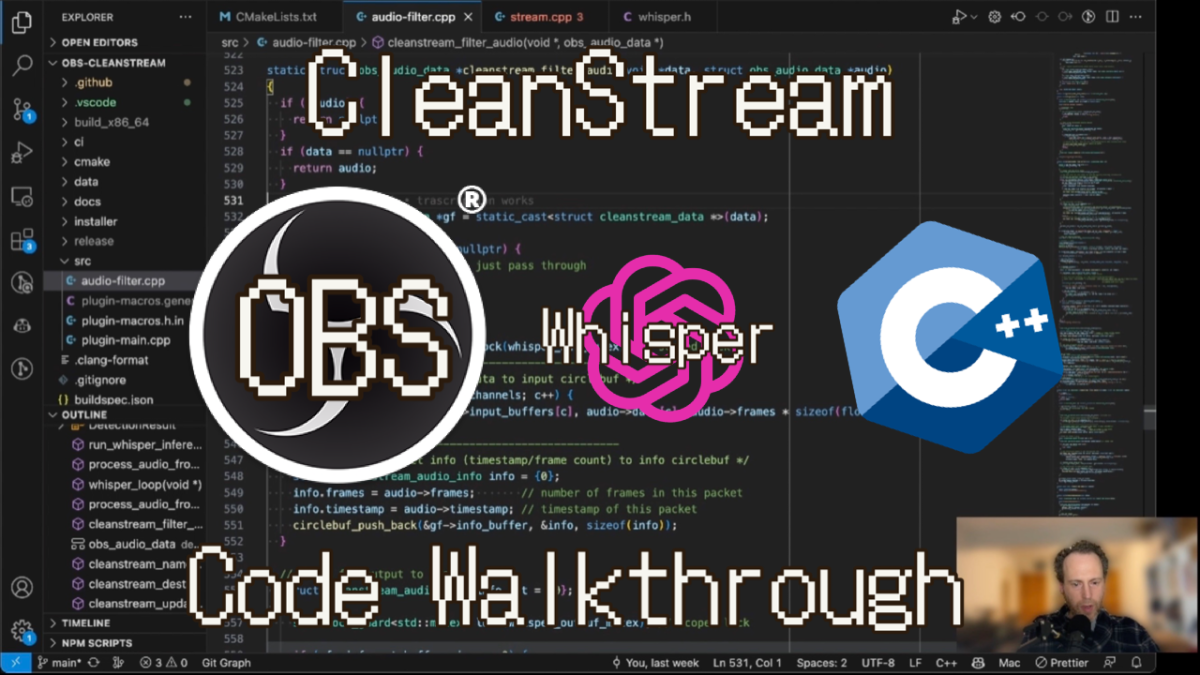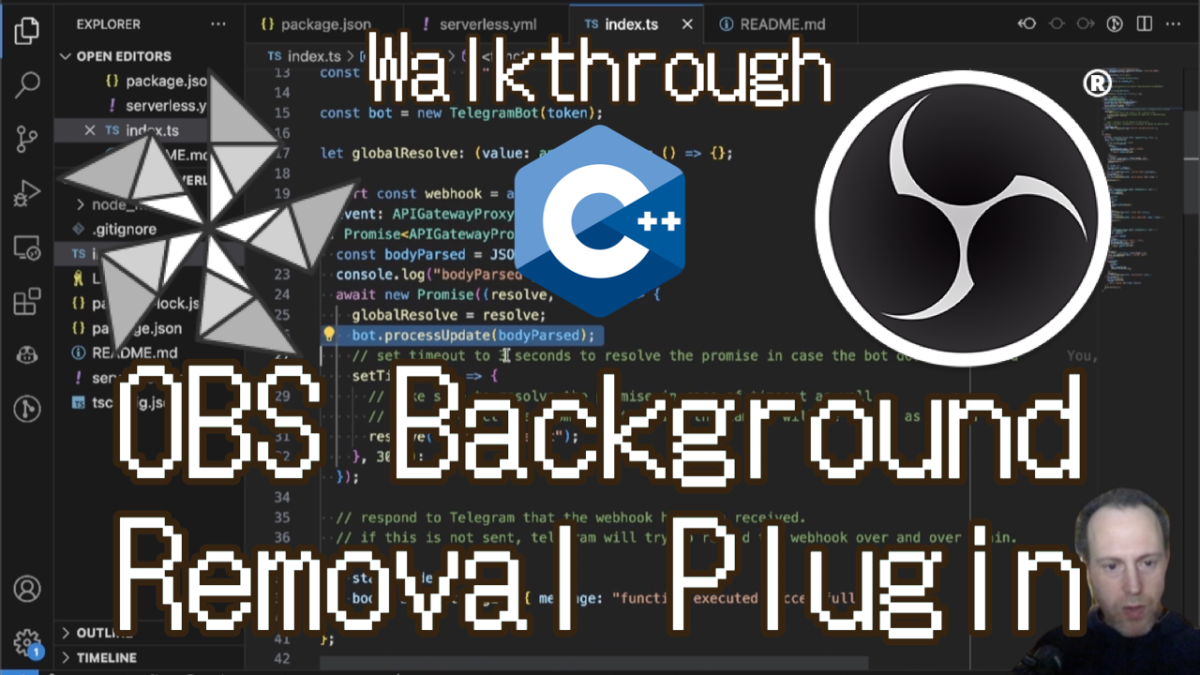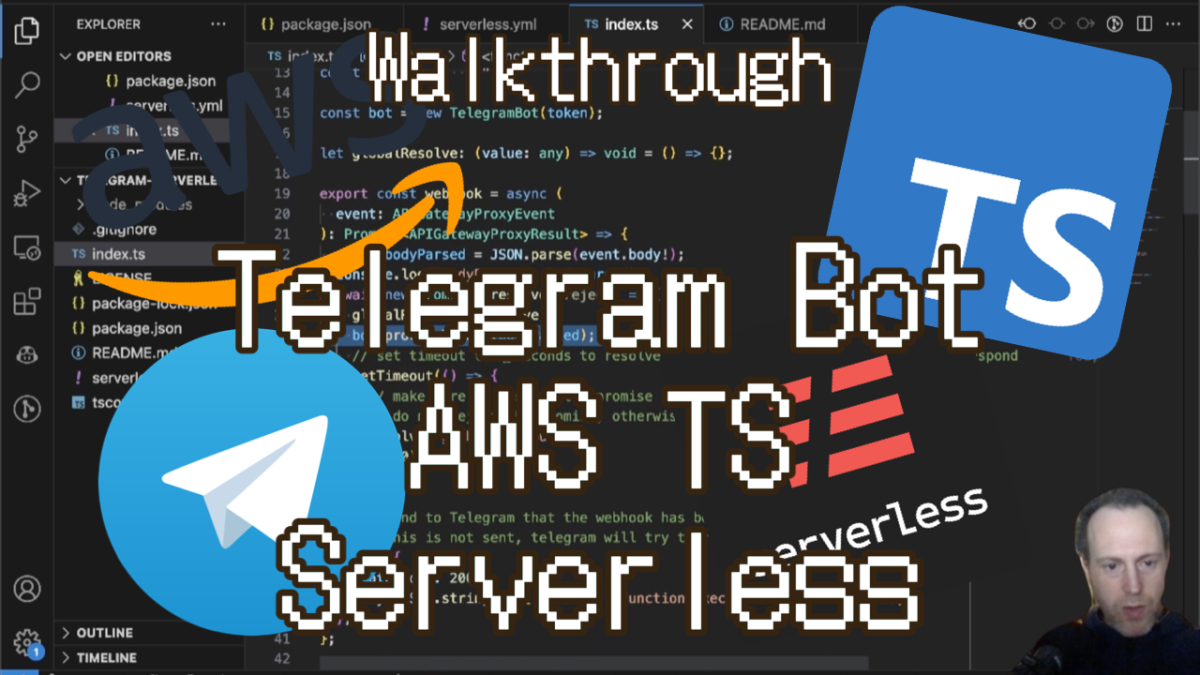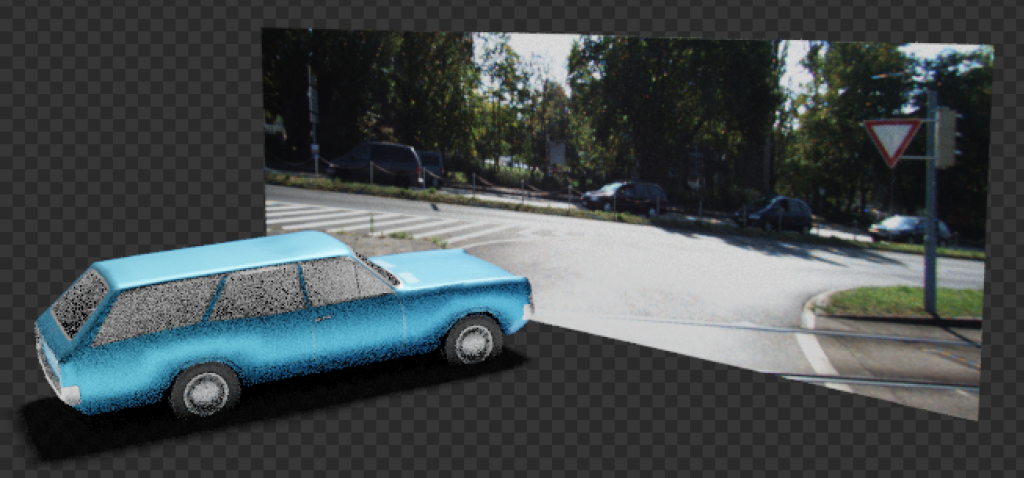Advice for Coders starting out
I’ve been writing code for the past 36 years. That’s a lot of code. Started at 6 years old, writing BASIC on an Apple IIe that my dad brought home. Then graduated to PASCAL, Visual BASIC, MS-DOS Batch and then Borland C and Java, moved to C++, Objective-C some C# and JavaScript, Python obviously, recently TypeScript, all the while learning the secrets of Bash, ZSH and PowerShell and other more obscure languages like Go, Rust and even Elixir, LISP and Lua. I’m probably forgetting many languages and coding “situations” I went through like MSSQL/TSQL/PLSQL and HTML, CSS of their kind and several other task-specific code-ish things. This is just to explain and show to you, junior coder, that coding (for real) is a lifetime pursuit. Just like my journey, you will hear similar things from just about any other lifetime programmer that you know.






